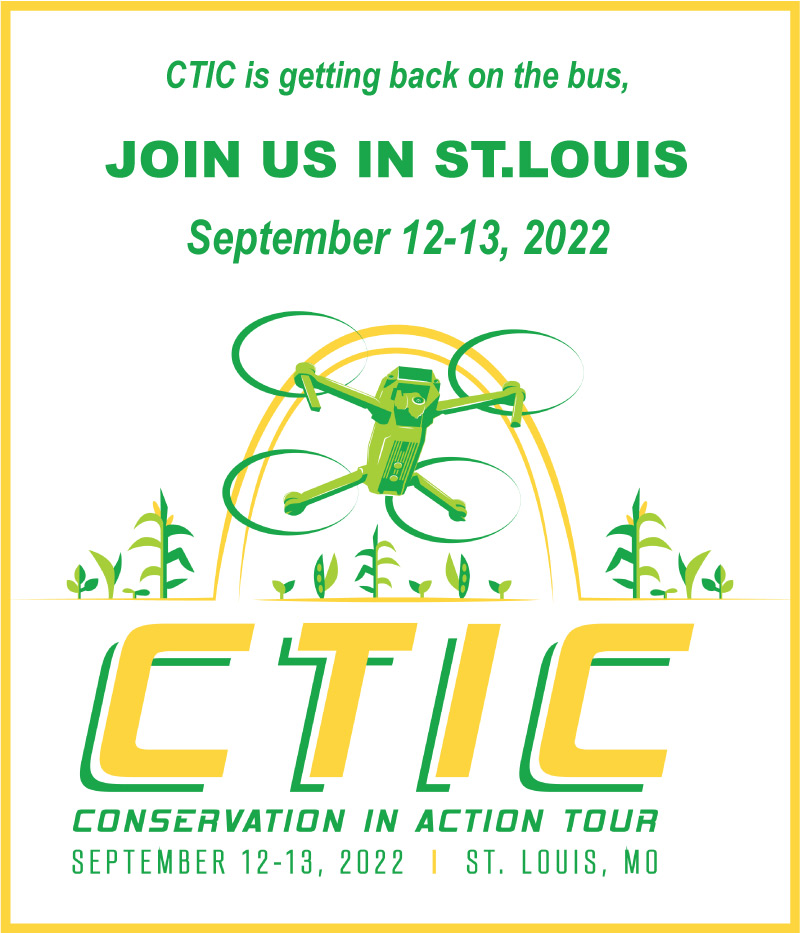Questions and Answers
Questions and Answers
What is Core 4 Conservation?
It's a common-sense approach to improving farm profitability while addressing environmental concerns. It’s adaptable to virtually any farming situation and can be tailored to meet a farmer’s specific needs.
Better soil
Sustainable soils that increase long-term productivity result from increased organic matter, improved soil moisture, reduced compaction, sequestered carbon and reduced erosion from water and wind.
Cleaner water
In addition to food, fiber, energy and other renewable resources, agriculture can also protect and improve water quality.
Greater on-farm profits
Sharpening management skills and utilizing the latest appropriate technologies result in higher levels of economic efficiency and cropland productivity
A brighter future for all of us.
Consumer expectations include more than abundant food, fiber and energy. They also expect agriculture to protect air, soil, water and wildlife.
What do farmers need to do?
Core 4 Conservation farmers all strive toward these goals and will achieve the results in the best way possible for their particular land and management abilities. Four of the key systems likely to be involved crop production include:
Conservation Tillage
Crop Nutrient Management
Pest Management (IPM)
Conservation Buffers
Conservation Tillage
Crop Nutrient Management
Pest Management (IPM)
Conservation Buffers
What is different about this?
Core 4 Conservation goes beyond talking about what agriculture is doing to protect the environment. It is a public way of showing that agriculture is taking responsibility to build on the environmentally sound management practices already used on the farm. This will be done by tracking the quality of the systems used by farmers and reporting the tangible results to the public through the CTIC newsletter and other national publications, national and local events and informative materials distributed across the country.
Who is behind it?
The effort is led by a unique public-private, agriculture-based partnership that includes many farmer-led organizations, agricultural businesses, government agencies and universities.
Who is coordinating it?
It's coordinated by the Conservation Technology Information Center, a nonprofit, information and technology transfer center funded by both the public and private sectors.

